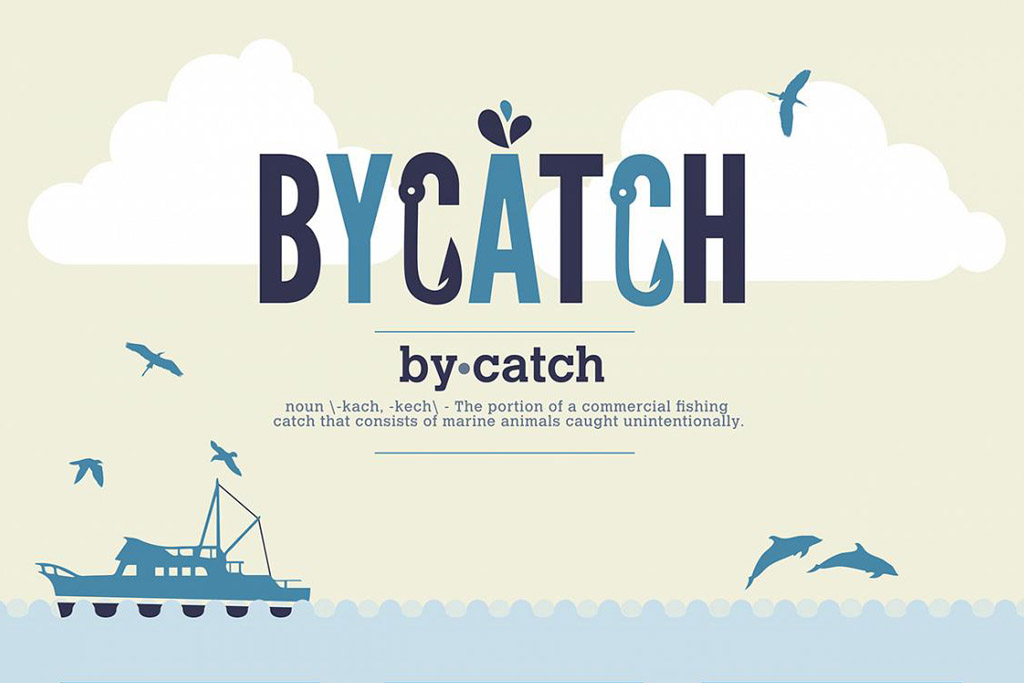As a child, when I went out fishing, we’d cast our lines, wait for a while, and then whatever bit was reeled in and later cooked for dinner. There wasn’t ever a problem with waste: The fish we caught were the ones we ate, unless they were smaller than was legally allowed, in which case we returned them.
Modern-day industrial fishing, unfortunately, can’t function with that same level of efficiency, as it’s responsible for feeding millions of people, and not just a 10-year-old and his dad. In industrial fishing operations — thanks to the use of nets and other fishing technologies — they often catch fish and other marine life they weren’t intending to catch. This is called bycatch, and the bycatch is often killed and, because it wasn’t wanted in the first place, thrown back.


